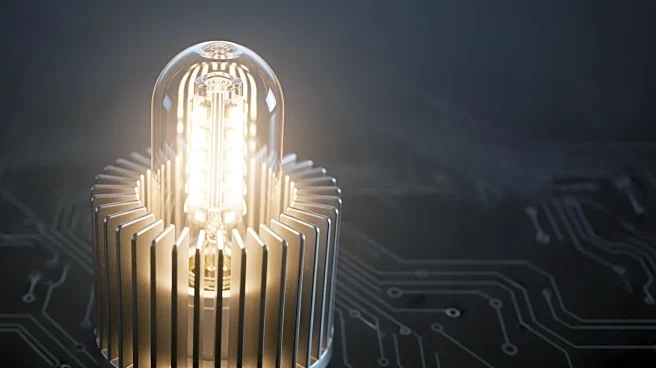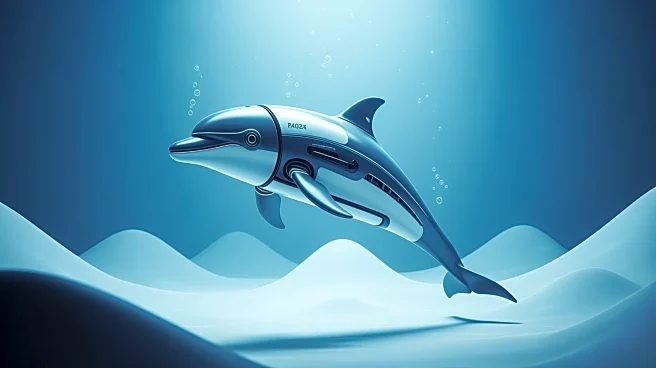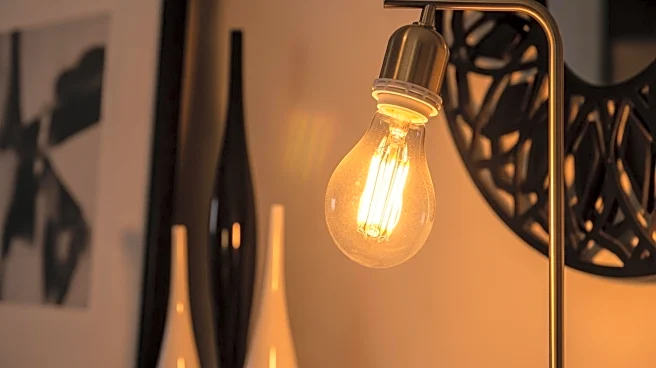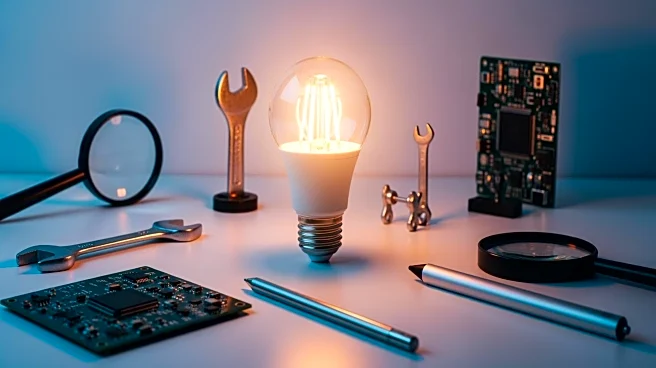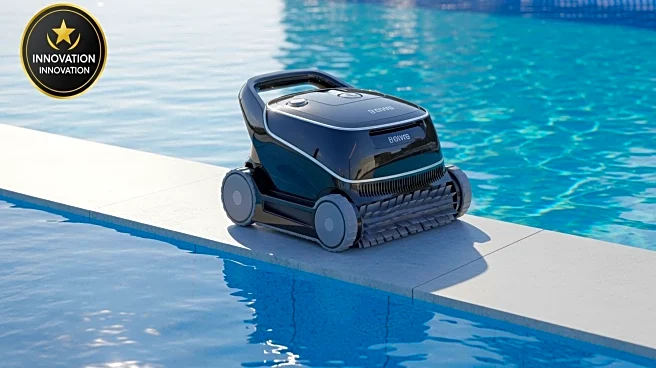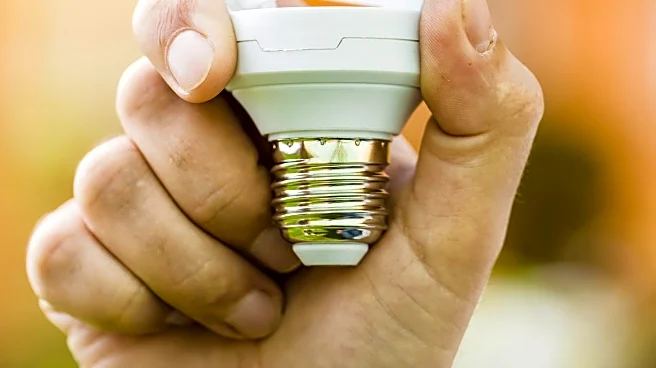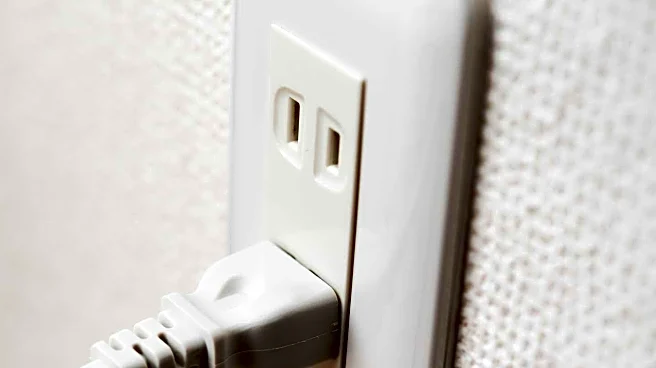What's Happening?
LED bulbs, known for their energy efficiency and long lifespan, are experiencing premature burnout, often flickering and failing within a year. This issue is attributed to several factors, including overheating
of LED drivers, poor electrical power quality, and inadequate installation. The LED itself rarely fails; instead, the electrical components within the bulb, such as converters and drivers, are more susceptible to failure, especially in high-temperature environments. Additionally, older dimmer switches and poor socket conditions can exacerbate the problem, leading to early burnout of these bulbs.
Why It's Important?
The premature failure of LED bulbs impacts consumers financially, as they are forced to replace bulbs more frequently than expected. This undermines the cost-saving benefits that LED technology promises. The issue also highlights the need for better consumer education on proper installation and the selection of high-quality bulbs. Manufacturers may face increased scrutiny over their product claims, potentially leading to stricter regulations and standards in the industry. This situation could drive innovation in LED technology, focusing on more robust components and better heat management solutions.
What's Next?
Consumers are advised to choose LED bulbs from reputable brands and ensure proper installation to mitigate premature burnout. Manufacturers may need to improve transparency regarding the lifespan claims of their products and invest in research to enhance the durability of LED components. The industry might see a push towards developing more heat-resistant and power-tolerant LED technologies. Additionally, there could be an increase in consumer demand for smart bulbs with built-in features that can adapt to varying electrical conditions.
Beyond the Headlines
The issue of LED bulb burnout also raises questions about the environmental impact of increased waste from prematurely discarded bulbs. As consumers seek more sustainable options, there may be a shift towards products that offer longer lifespans and better performance under diverse conditions. This could lead to a broader discussion on the lifecycle of electronic products and the importance of designing for durability and recyclability.
